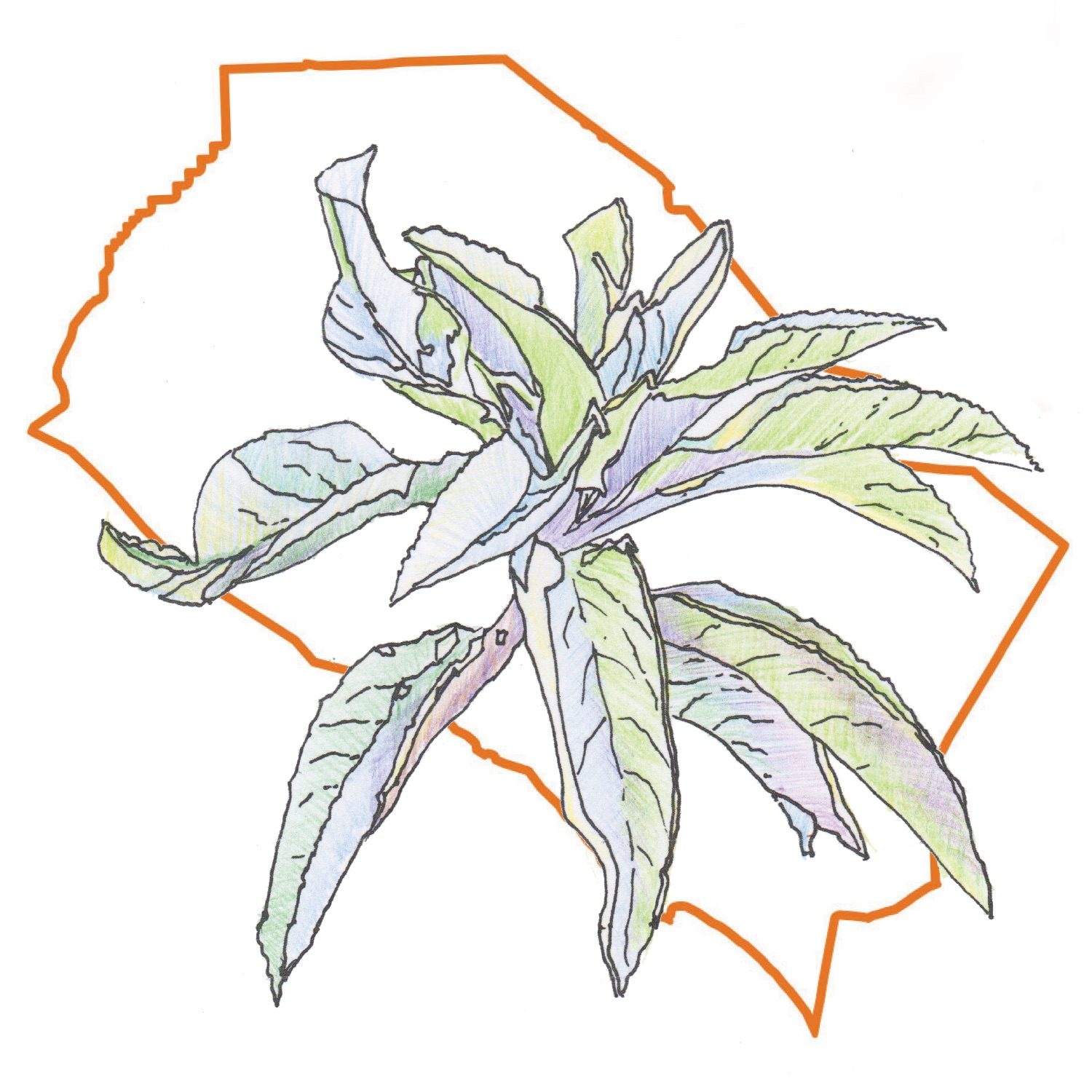You can influence the installation of native plants on Homeowner Association (HOA) common area property.

Homeowner Association boards are made up of neighbors who likely have little to no native gardening experience. Consequently, board members rely on their HOA landscape contractor for planting suggestions.
When boards rely on HOA landscape contractors for advice, the board makes costly mistakes because landscape contractors have a profit motive that drives recommendations including:
- Installing too many plants.
- Installing plants that need a lot of water and maintenance.
- Installing plants that are not appropriate for the area.
How can you help? Consider joining the board of your HOA so you can get to know the neighbors who are volunteering for the board, and observe the landscape contractor hired to help manage the vegetation in the common areas.
If your HOA has a landscape committee, join that group and learn about the existing landscape practices where you live.
Be patient. Watch and learn at first and don’t expect immediate success.
HOA boards are motivated to protect property values. Recommend the HOA avoid installing invasive plants and the following trees:
- Peruvian pepper trees (Schinus molle), erroneously known as California peppers, have intrusive roots that can stretch 50 feet or more underneath home foundations in search for water.
- Eucalyptus trees can cause property damage if branches drop during high wind events.
- The Brazilian pepper (Schinus terebinthifolia) is invasive and expensive to maintain.
Recommend the HOA stop planting Acacia redolens. Fire authorities have found Acacia redolens to be a fire danger and are requesting removal of this plant which was once a favorite of developers.
Recommend planting shrubs that are appropriately-sized for the location. Landscape contractors plant Cape Honeysuckle (Tacoma capensis), but this plant grows 20 feet tall and wide, requiring constant maintenance.
You will find below a partial list of California native plants that perform well on Southern California HOA common area property. Because you will likely NOT be able to influence landscape contractors’ watering practices, choose native plants that can survive frequent summer watering.
- California native trees that do well in HOA common areas (especially on slopes) include Coast Live Oak (Quercus agrifolia), Toyon (Heteromeles arbutifolia), Sugar Bush (Rhus ovata), Lemonadeberry (Rhus integrifolia), and Desert Willow (Chilopsis linearis).
- The Coyote Brush cultivar Baccharis pilularis ‘Pigeon Point’ does well on HOA property.
- Grasses such as Deer Grass (Muhlenbergia rigens) and Canyon Prince Wild Rye (Leymus condesatus ‘Canyon Prince) do well in common areas.
- For shady area shrubs, try California Coffeeberry (Frangula californica) and California Mock Orange (Philadelphus lewisii).
The landscape contractor at my HOA recently installed 51 native oaks, toyons, and elderberry trees along a large entry slope. This beautiful collection of native vegetation will grow and shade our community while providing important habitat for hummingbirds, butterflies, and bumblebees.

If you have experience with California native plants, I encourage you to join your HOA landscape committee and/or board of directors, and share your knowledge with your community. Also, learn about invasive plants here. Provided by California Invasive Plant Council (Cal-IPC), this list is important to understand so you can help your HOA avoid planting invasive plants that will spread into our wild lands.
. Feel free to send me an email if you would like more information.


Leave a comment